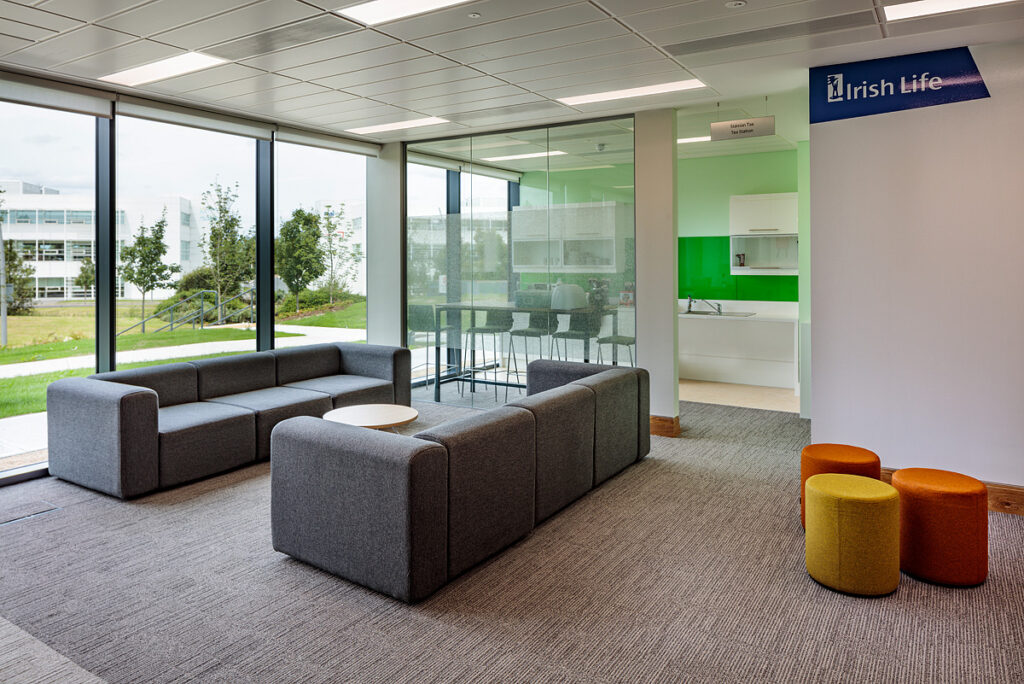
LEED and BREEAM Certification
LEED (Leadership in Energy and Environmental Design) and BREEAM (Building Research Establishment Environmental Assessment Method) are prominent green building certification systems that emphasize acoustic performance as a key factor in occupant health, comfort and well-being. Both systems offer specific credits for meeting defined acoustic criteria.
Engaging an Acoustic Consultant early in your project can significantly improve your ability to achieve the acoustic credits in both LEED and BREEAM certification.
Here’s why:
- Expertise in Acoustic Design:
- Acoustics is a specialized field, and designing spaces with appropriate sound insulation, reverberation control, and noise levels requires in-depth knowledge of building materials, construction methods, and acoustic standards.
- An acoustic consultant has the expertise to measure and analyse the existing or proposed acoustic conditions and suggest solutions to meet the specific criteria set out by LEED or BREEAM.
- Meeting Acoustic Performance Requirements:
- Both LEED and BREEAM have specific performance criteria, for sound insulation, reverberation time and internal noise levels
- LEED refers to the US derived parameters such as Sound Transmission Class (STC), Noise Isolation Class (NIC), Noise Criterion (NC) curves.
- BREEAM uses parameters commonly used in Ireland and UK such Weighted Sound Insulation Index (Rw), Weighted Standardised Field Level Difference (DnT,w) and Noise Rating (NR) curves for building services.
- Acoustic consultants can assist to navigate through these variations in criteria terminology and provide a suitable acoustic design criteria for the project that meets both the certification requirements and clients’ needs
- Acoustic consultants are skilled in conducting detailed measurements (e.g., sound insulation, internal noise levels and reverberation times) and simulations to confirm that a building design will meet these requirements.
- Acoustic Testing:
- To achieve the credits related to acoustics, you may need to perform on-site testing or simulations during different stages of the building’s design and construction.
- An acoustic consultant can carry out these tests and provide documentation that demonstrates compliance with acoustic standards required for certification.
- Compliance with Standards:
- BREEAM and LEED reference certain acoustic standards (e.g., BS 8233 for BREEAM or ANSI/ASHRAE 62.1 for LEED).
- An acoustic consultant is well-versed in these standards and can ensure the design complies with local regulations and international best practices for sound insulation, noise control, and overall acoustic quality.
- Documentation and Reporting:
- An acoustic consultant can provide the necessary documentation and reports to satisfy LEED or BREEAM requirements.
- This documentation is essential for verifying the acoustic performance of the building, ensuring the project earns the appropriate credits and achieving certification.
- Complex Spaces:
- For more complex or specialized spaces (e.g., auditoria, conference rooms, music halls), achieving the required acoustic performance may be more difficult without expert guidance.
- An acoustic consultant can advise on suitable materials, layouts, and design solutions to ensure sound performance meets the needs of the specific space.
Our Experience: Irish Life (Dundalk), Europe House (Chatham Street), Takeda Offices (Dublin).
